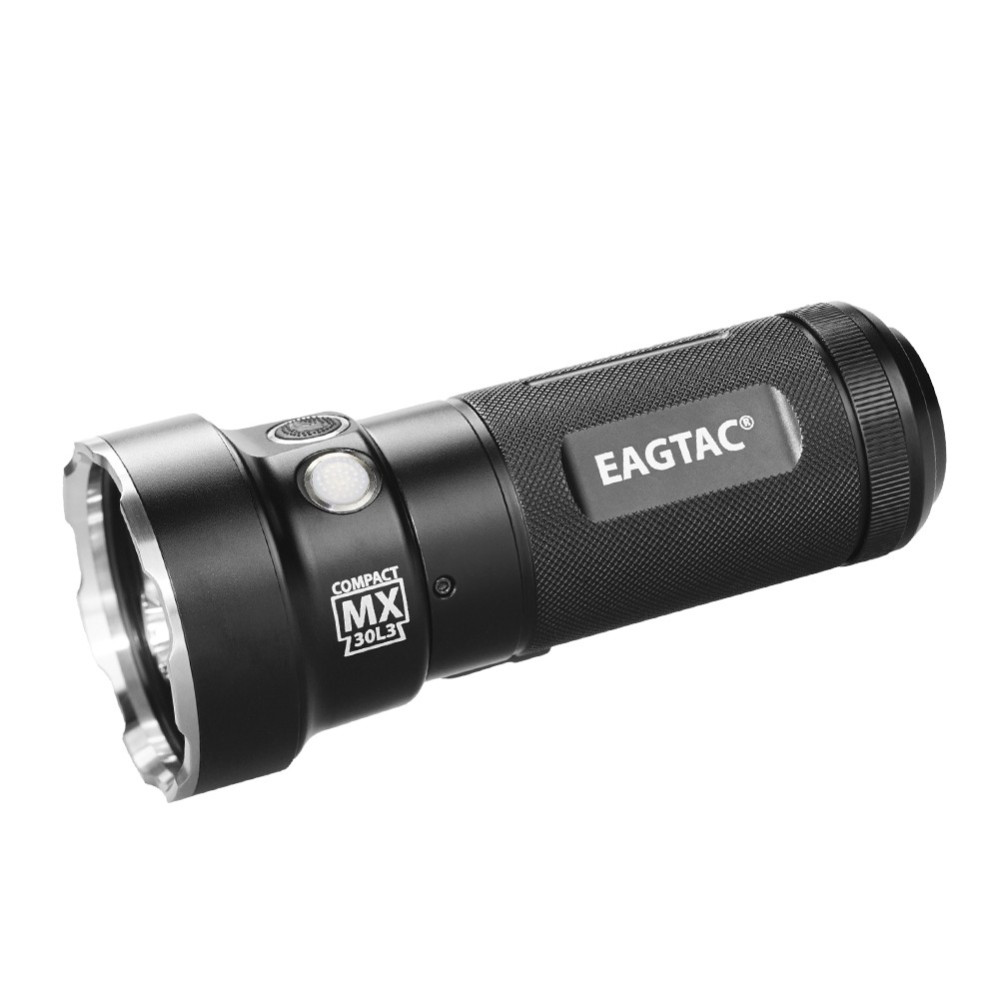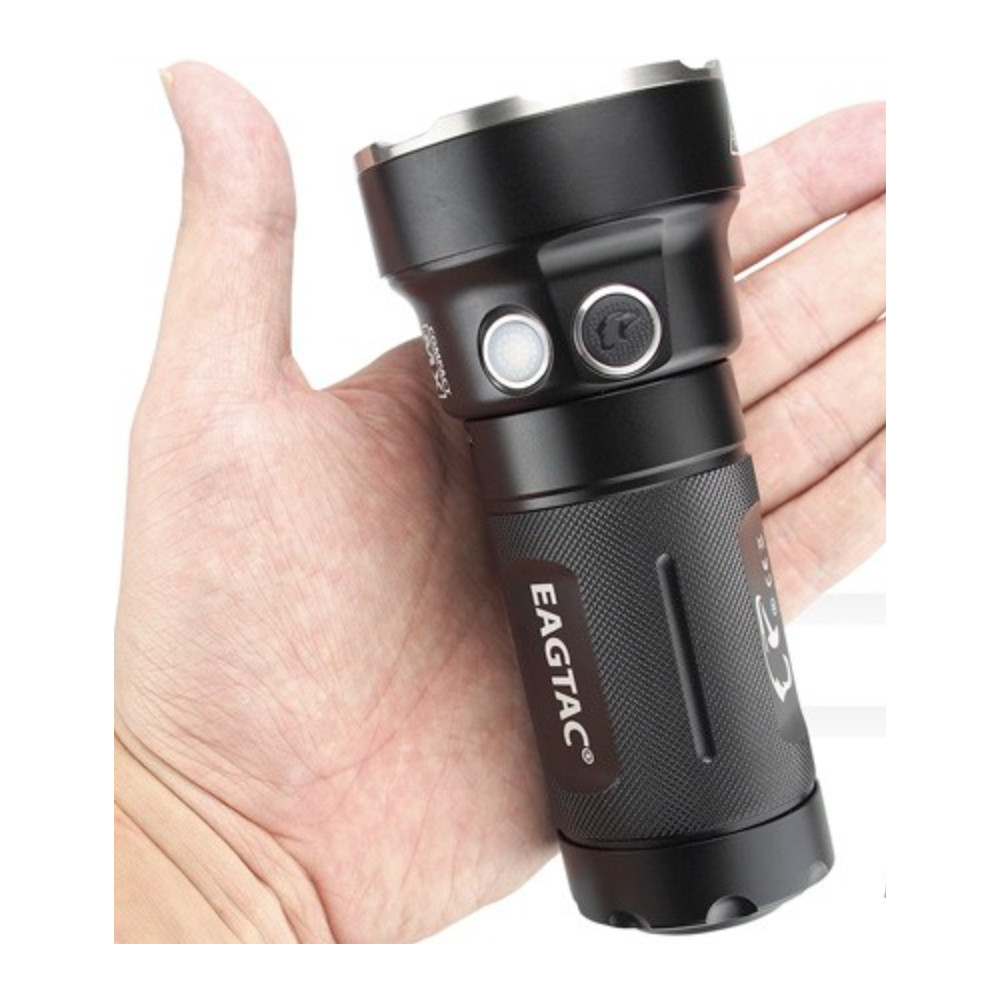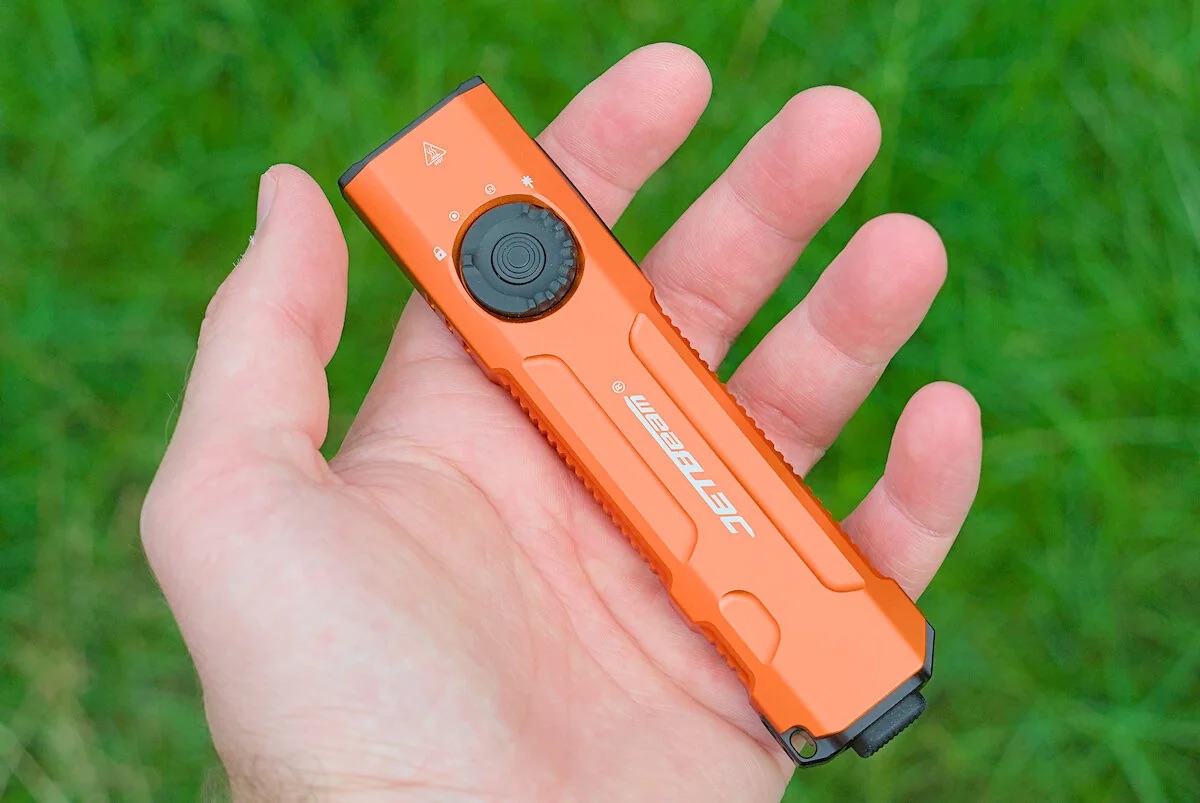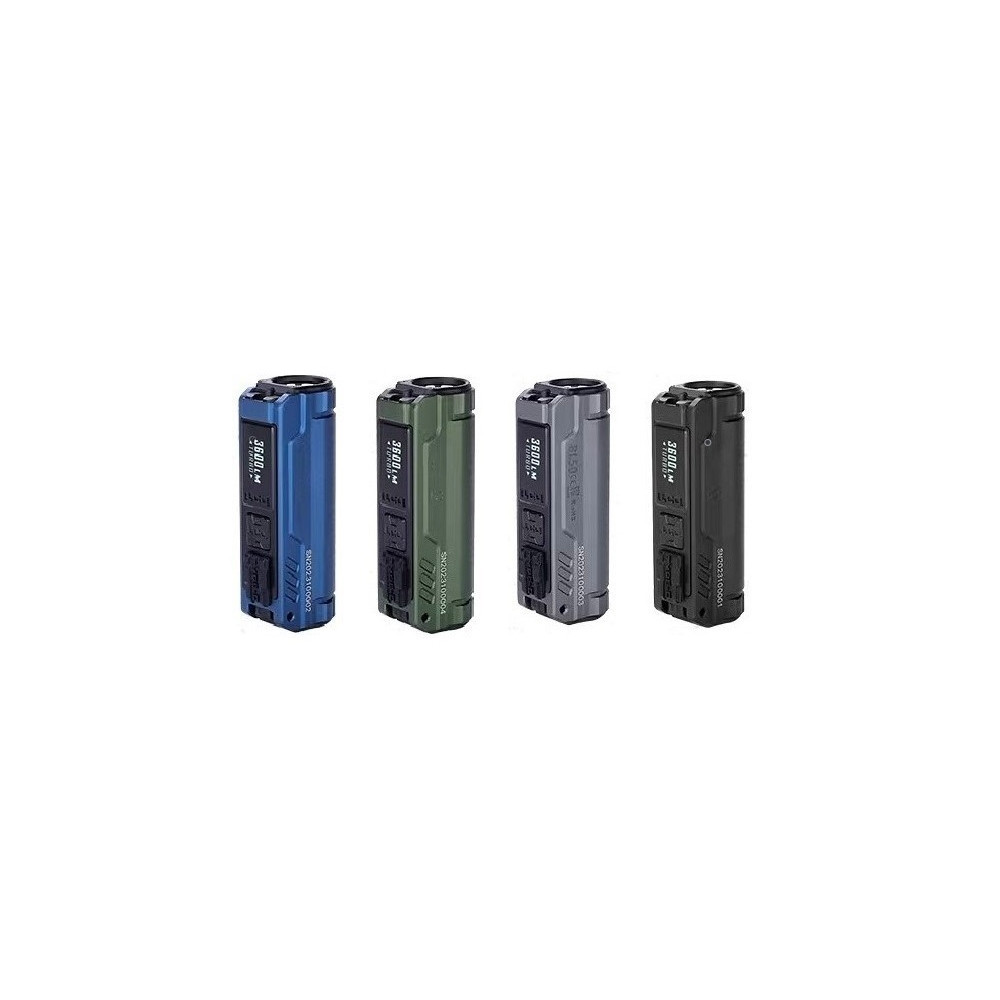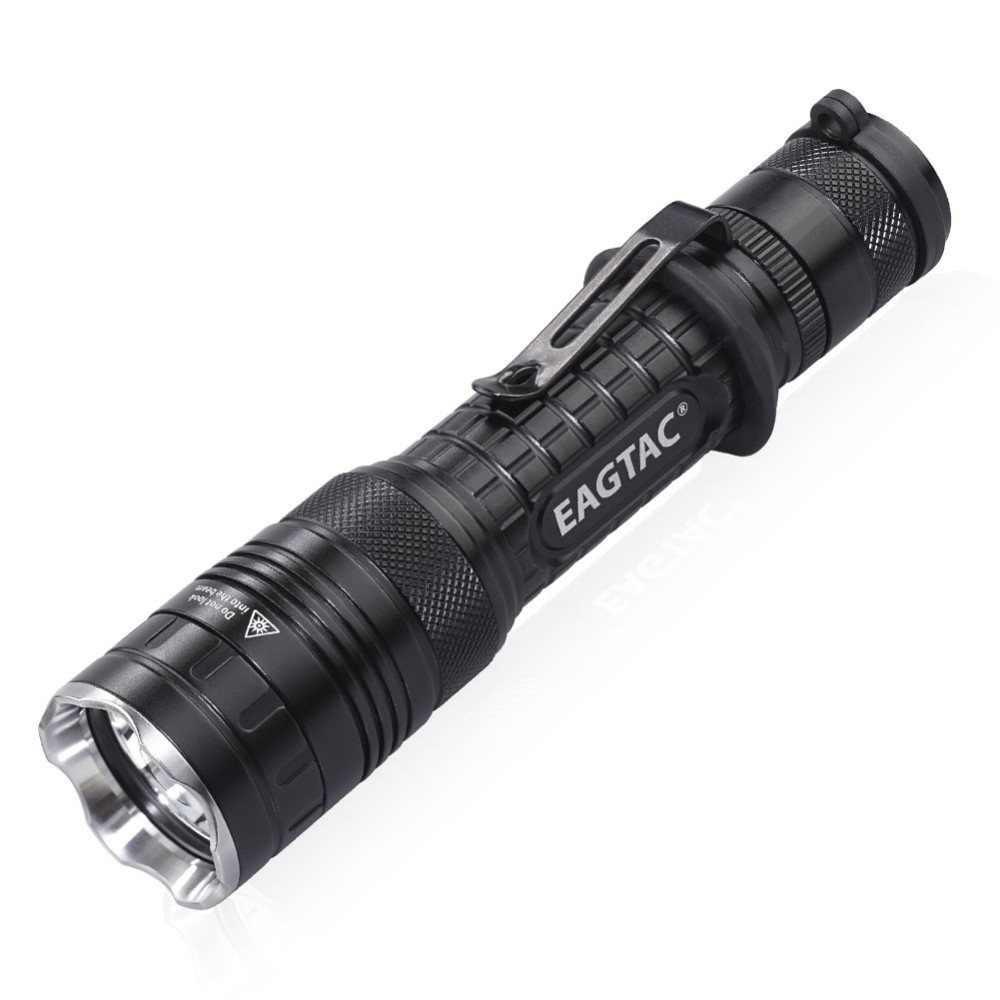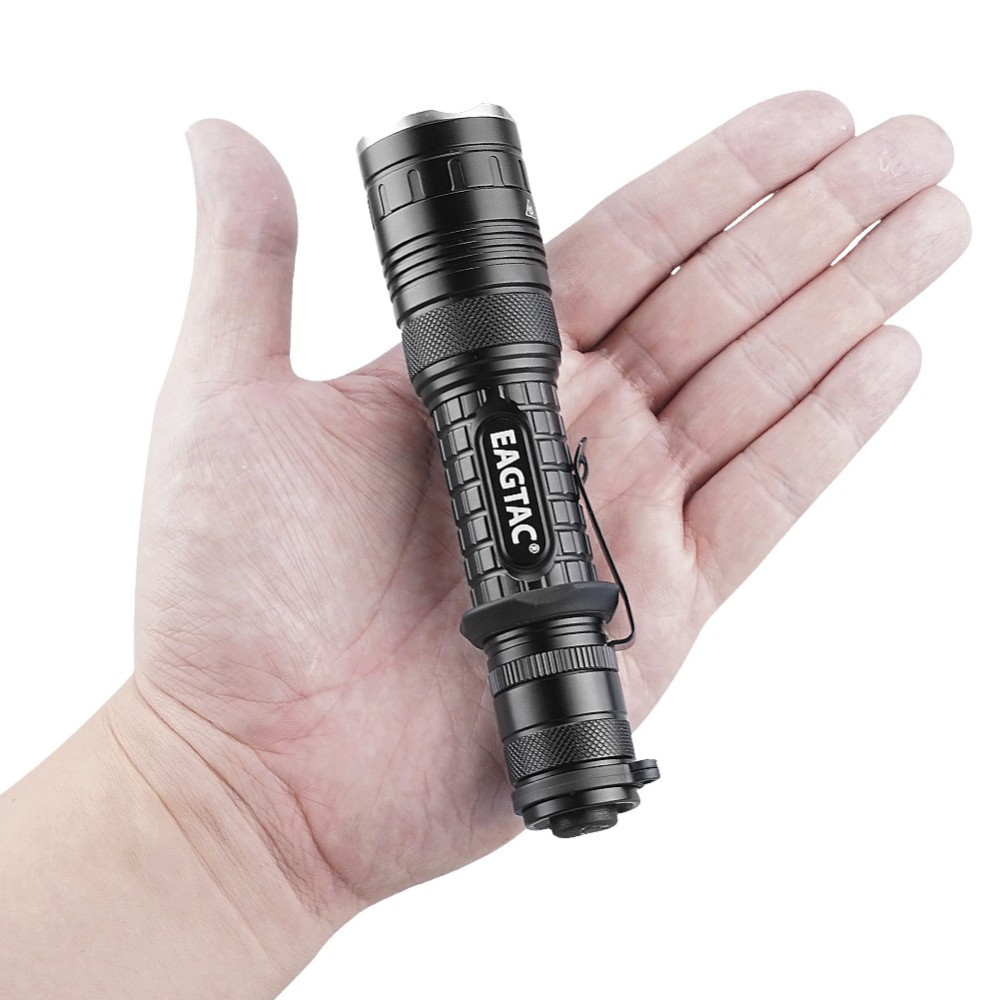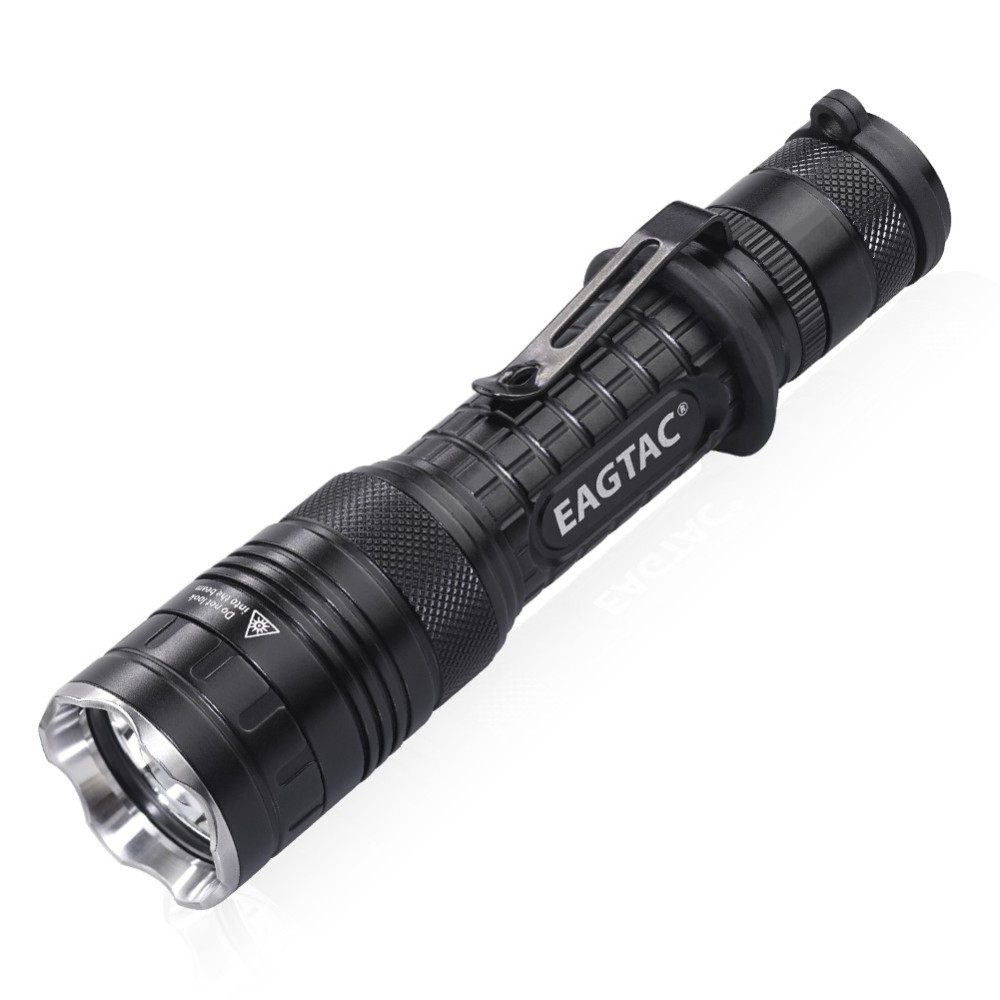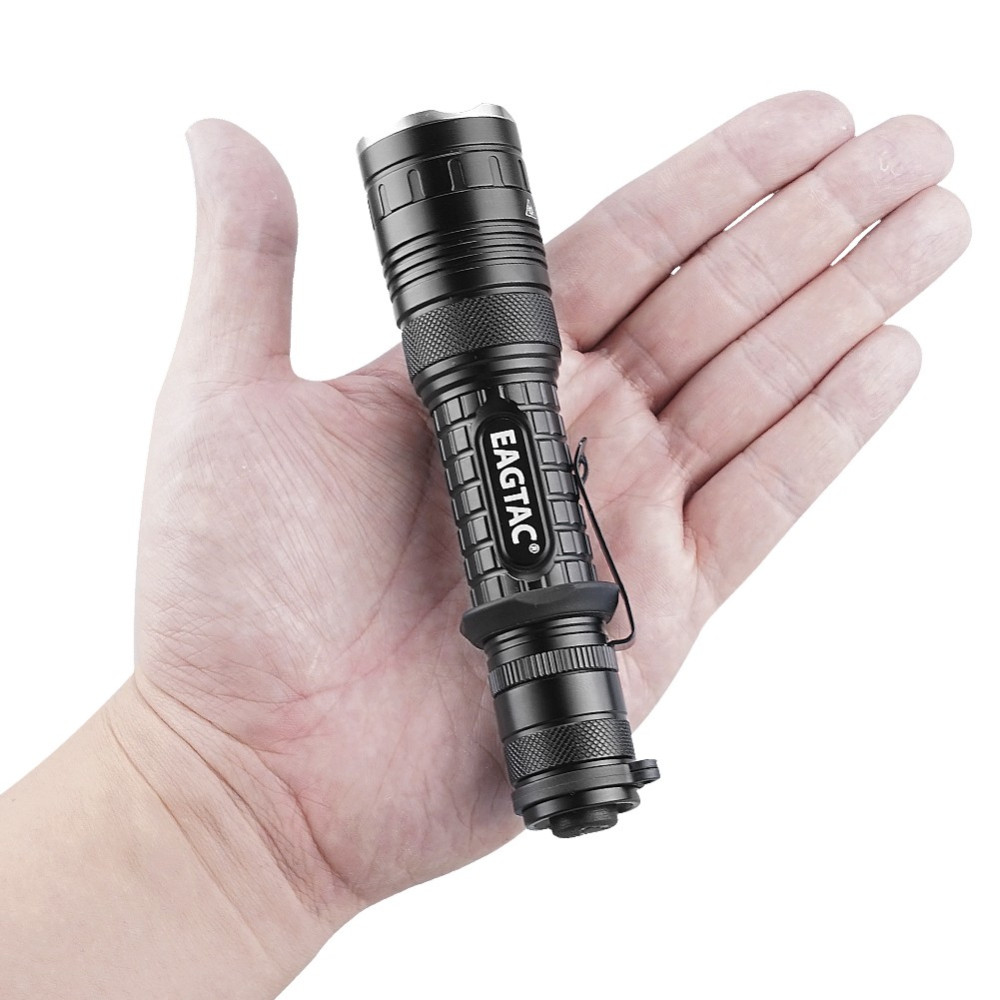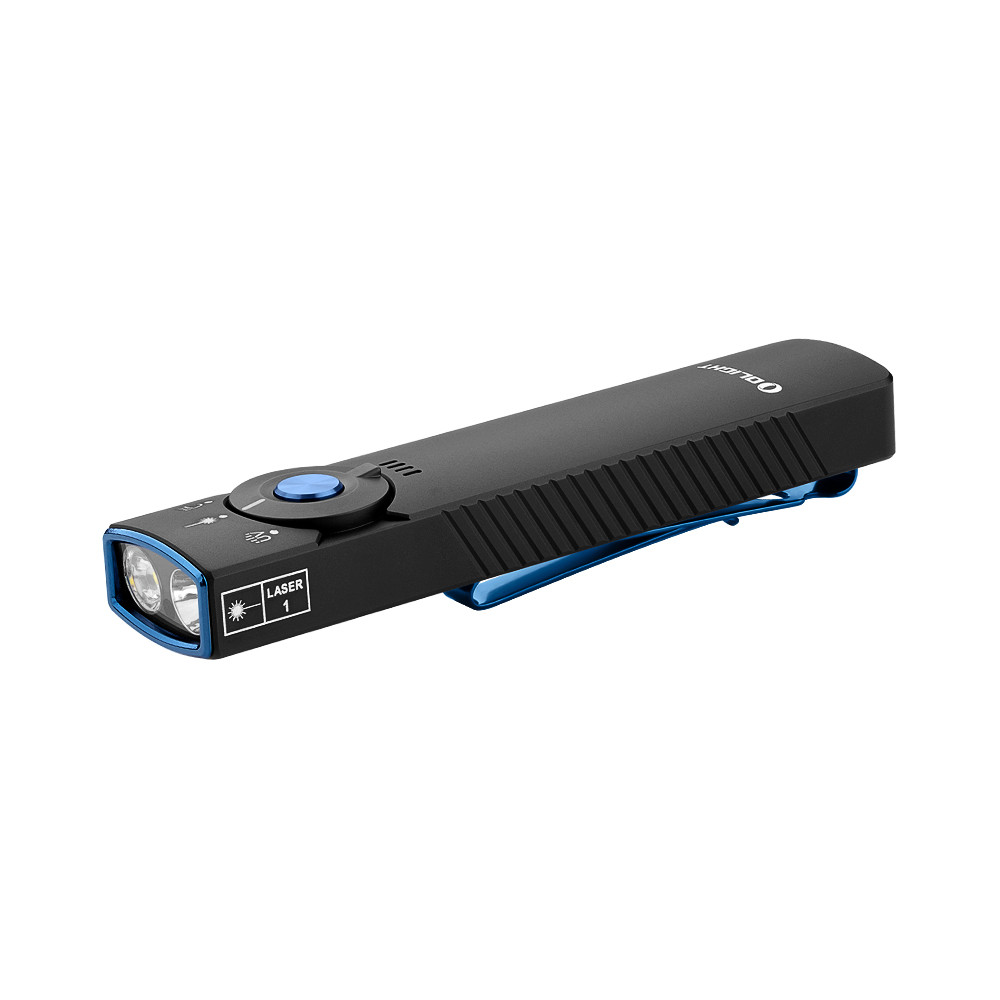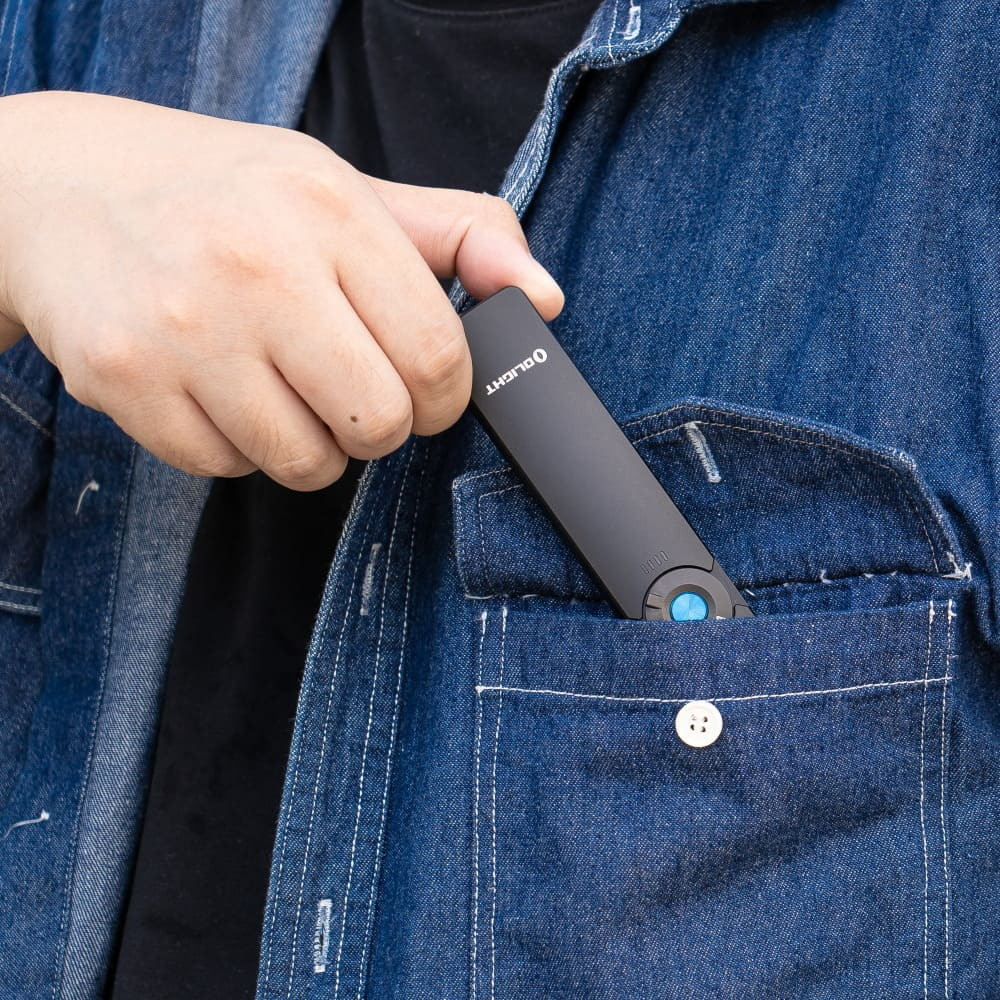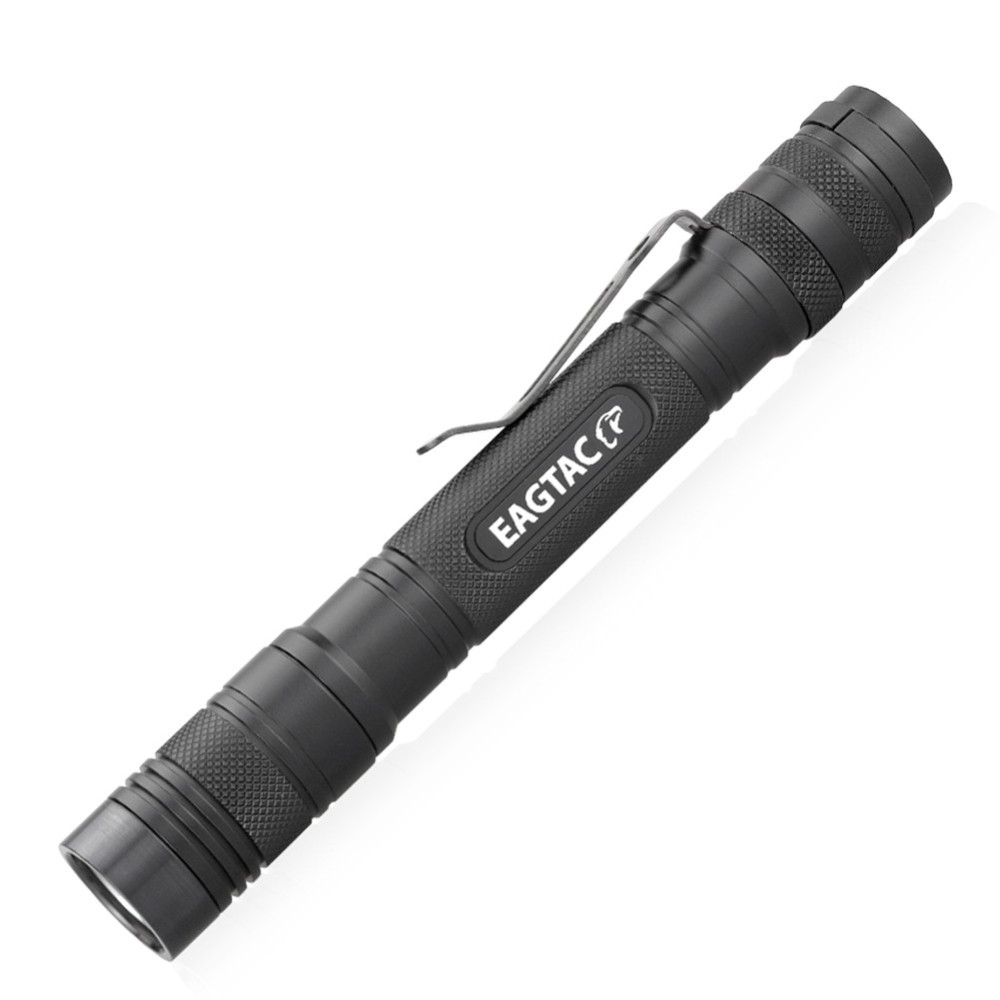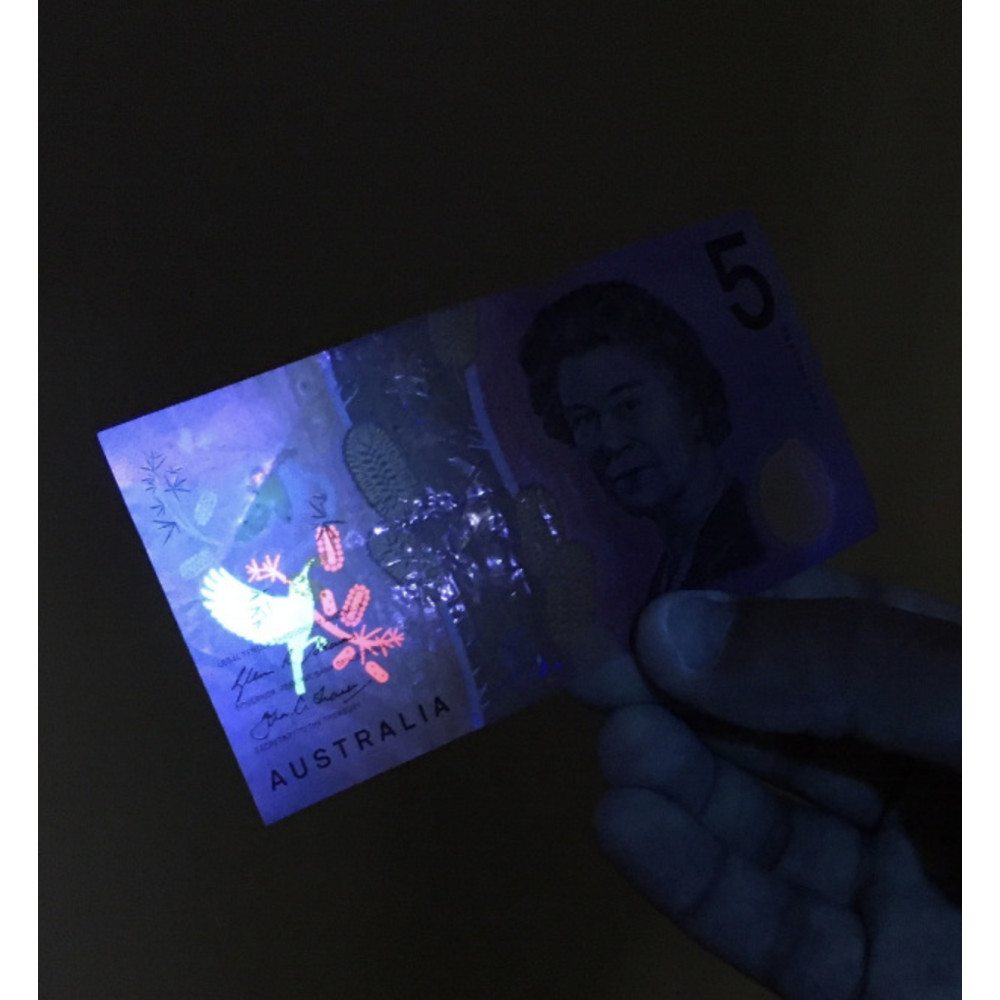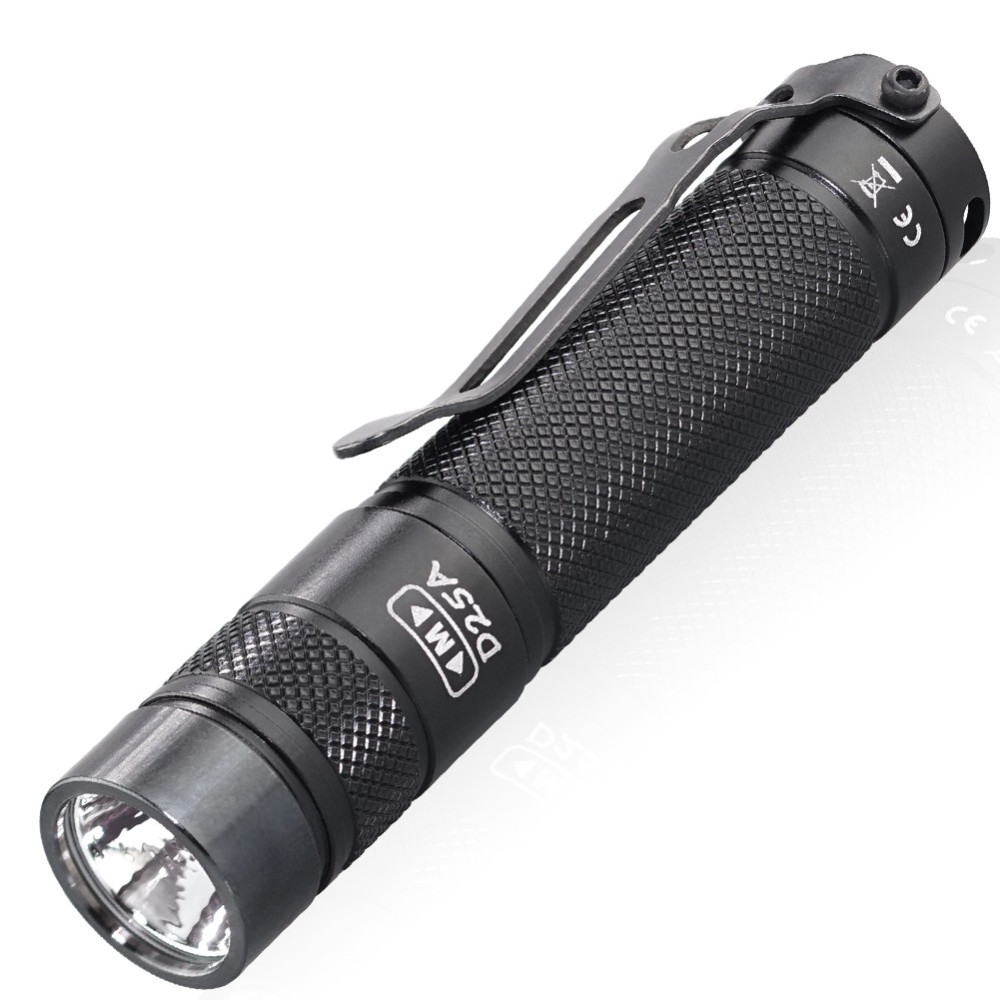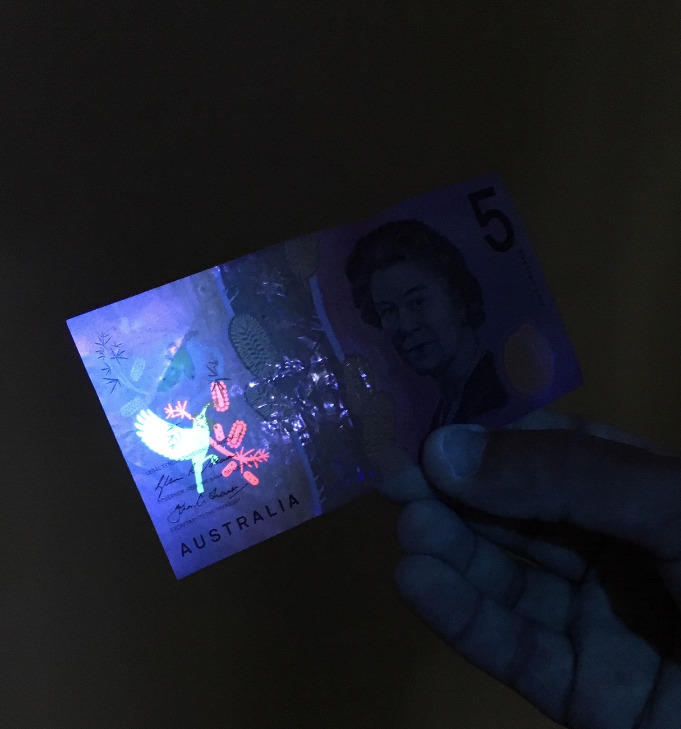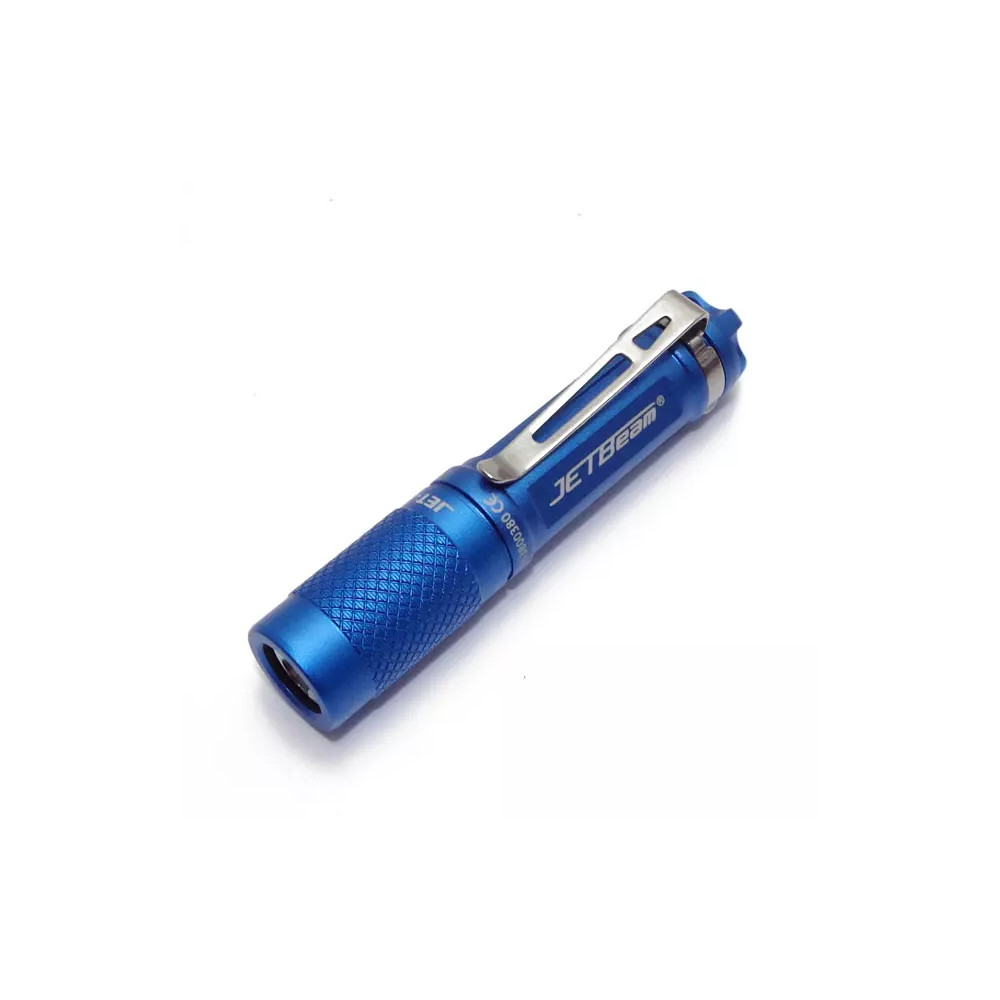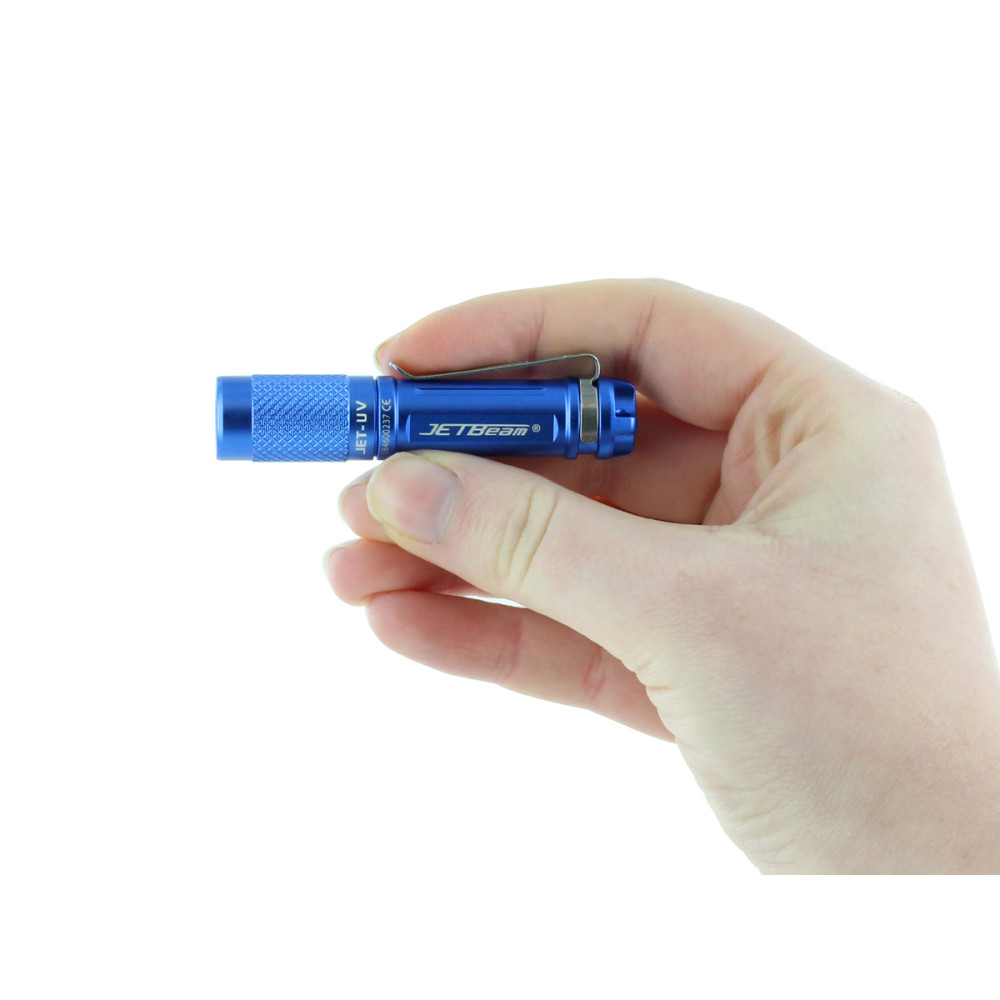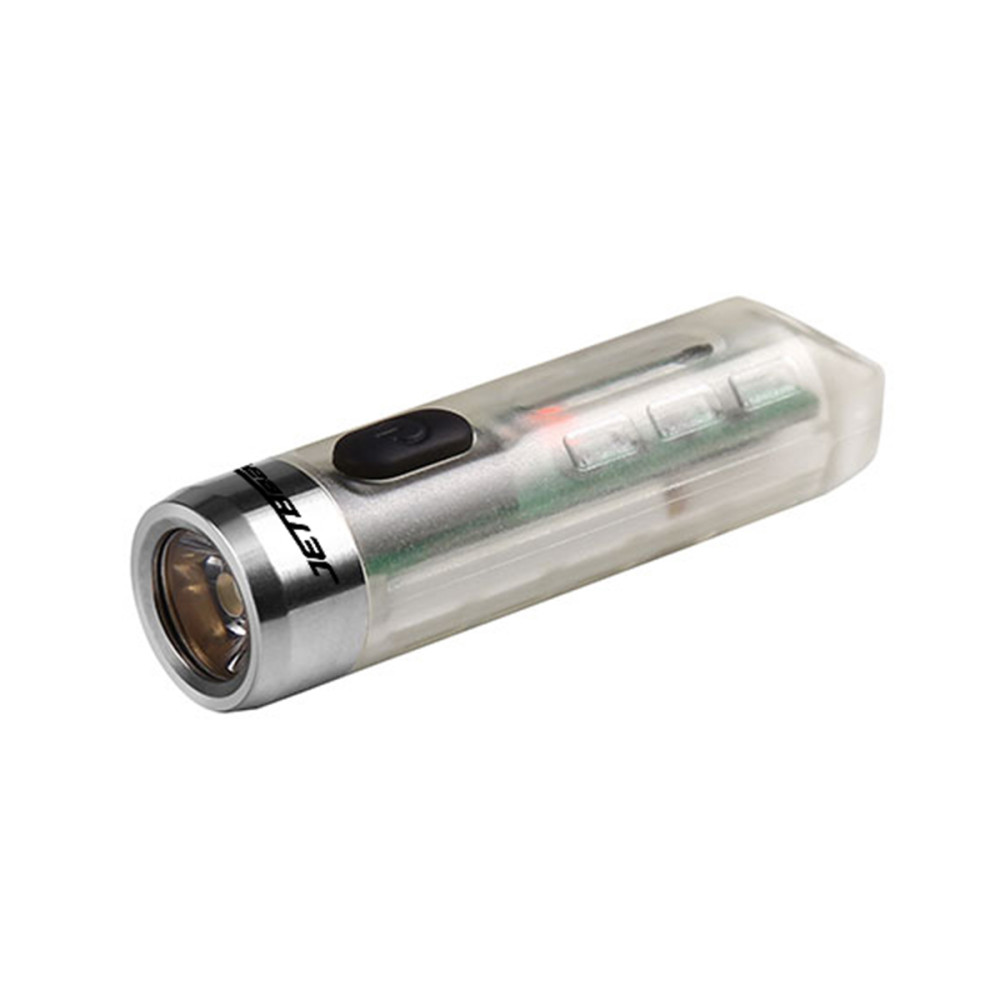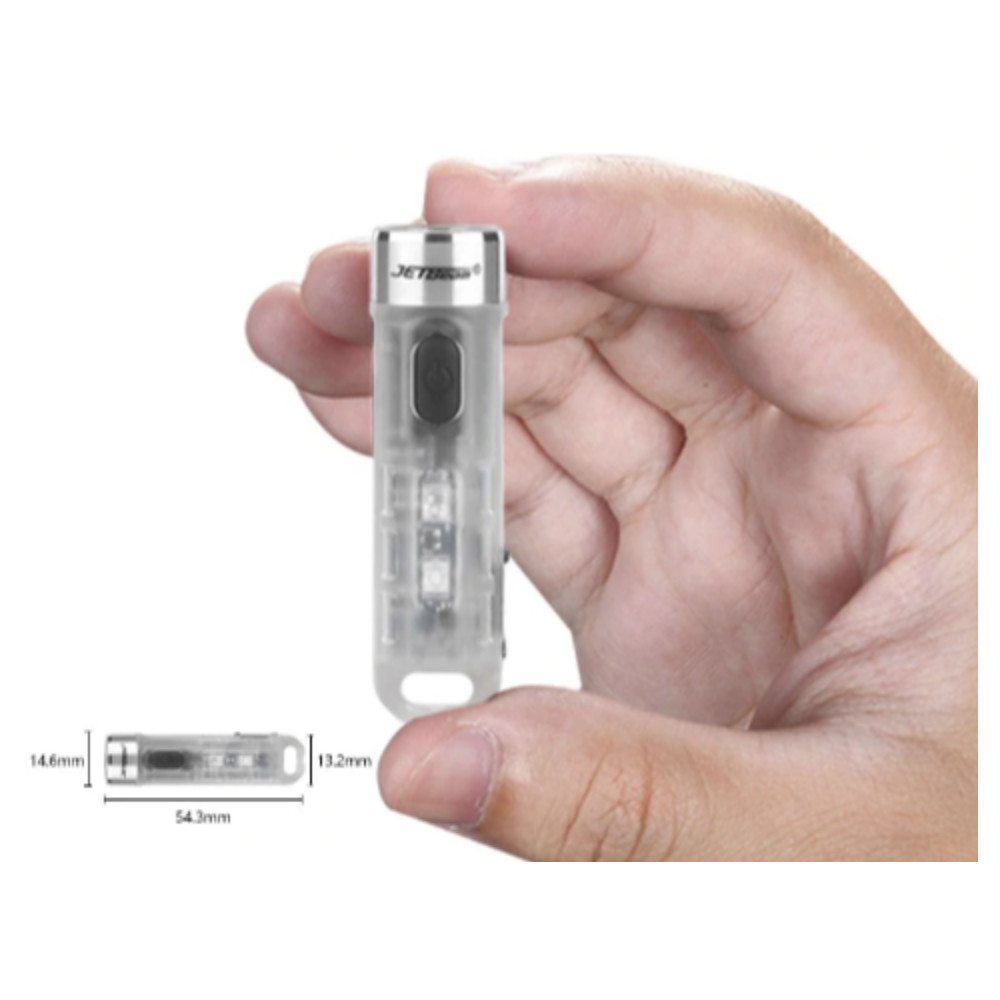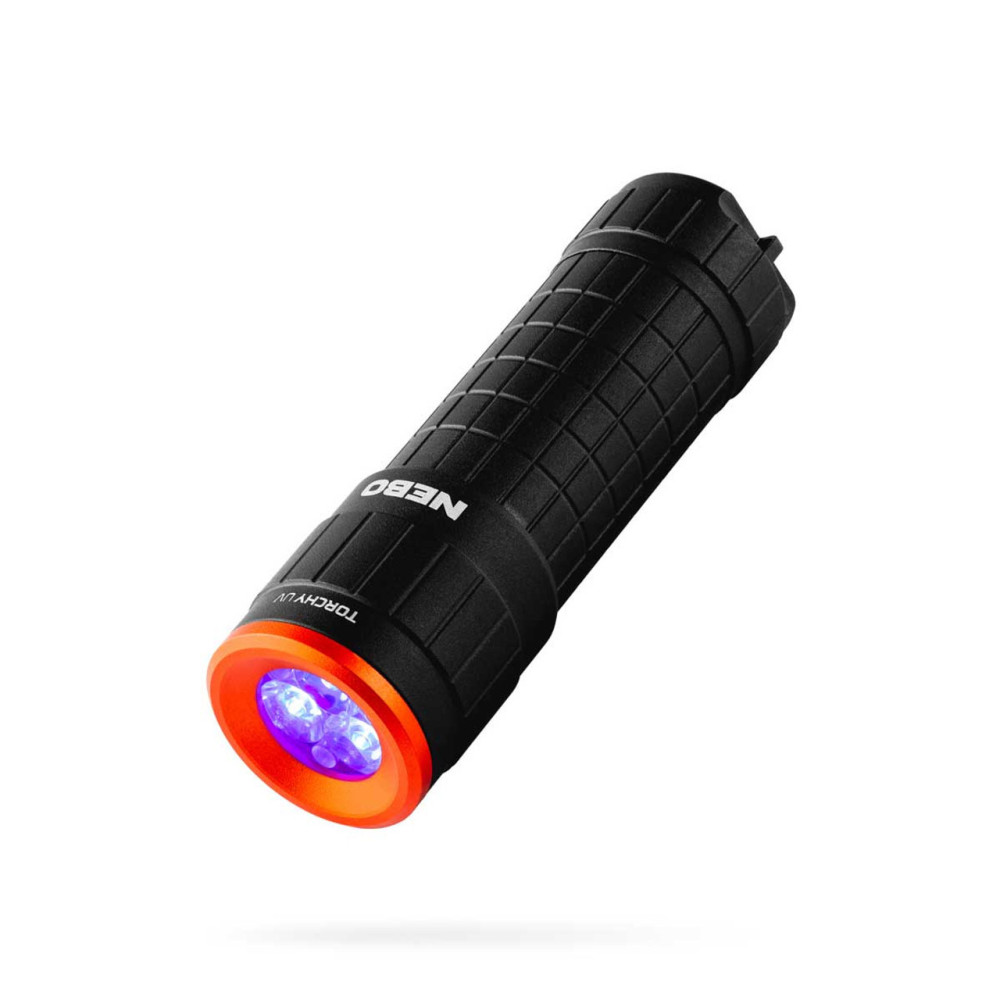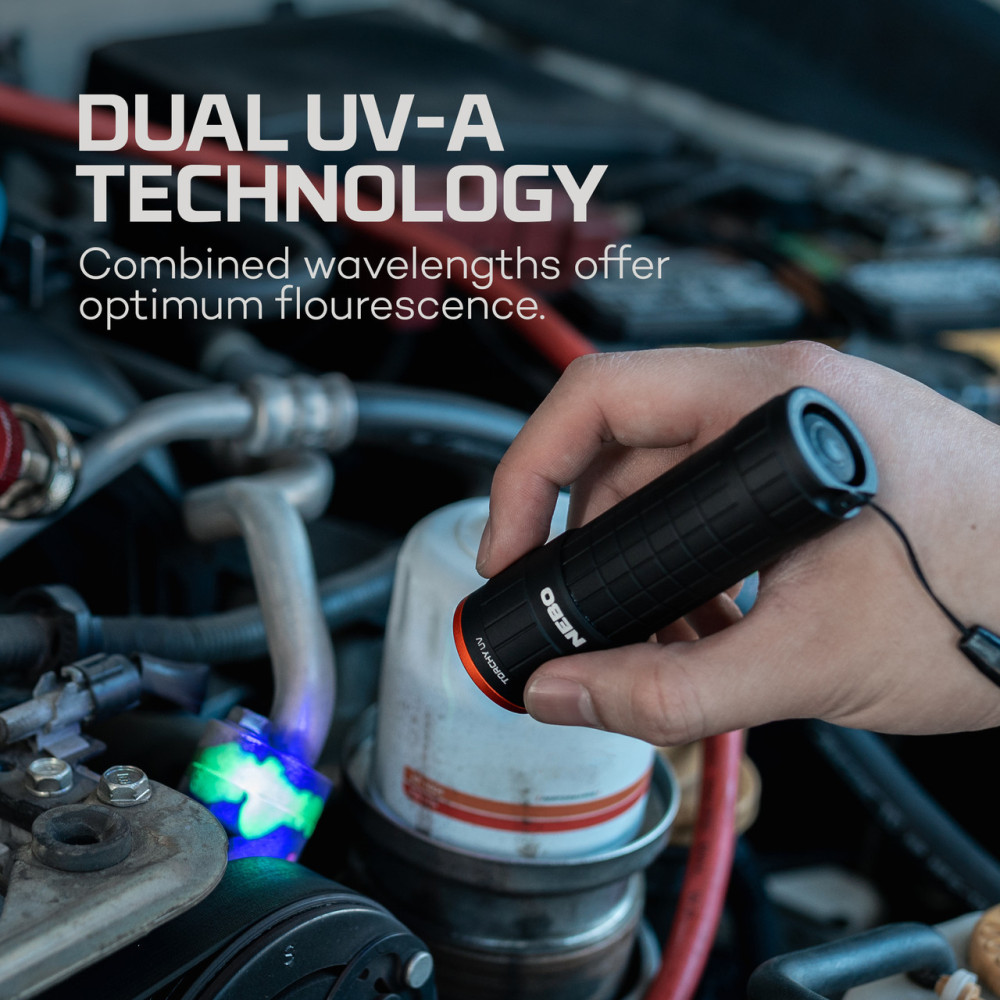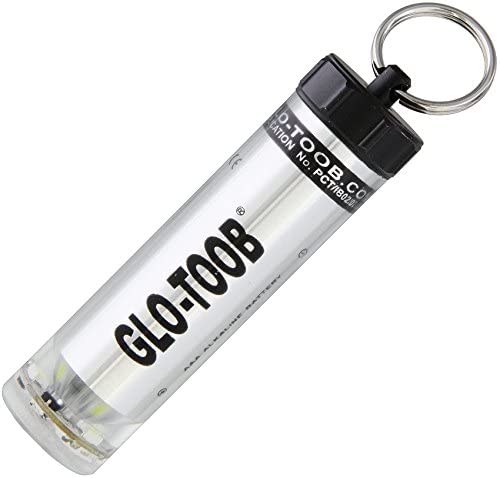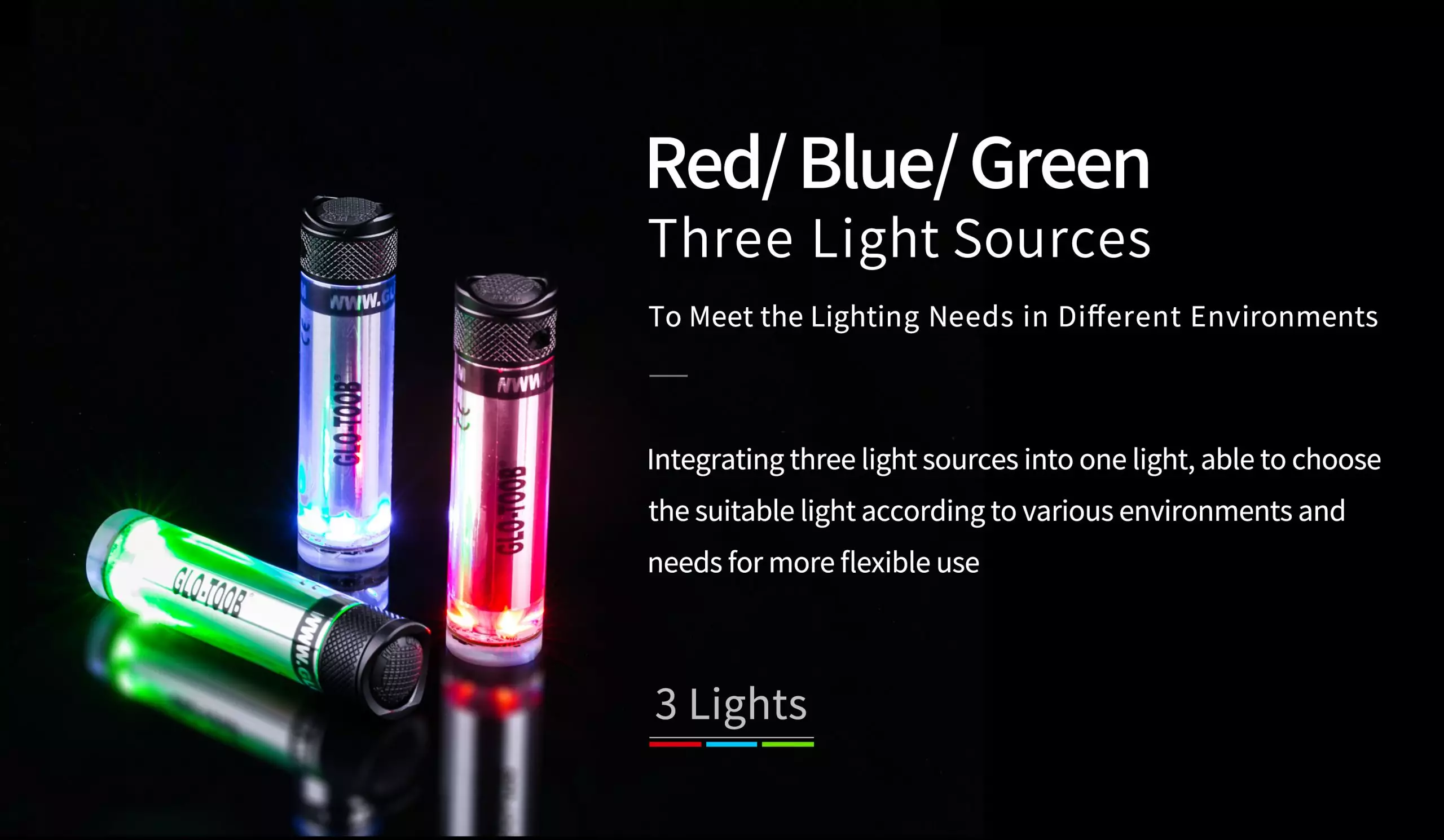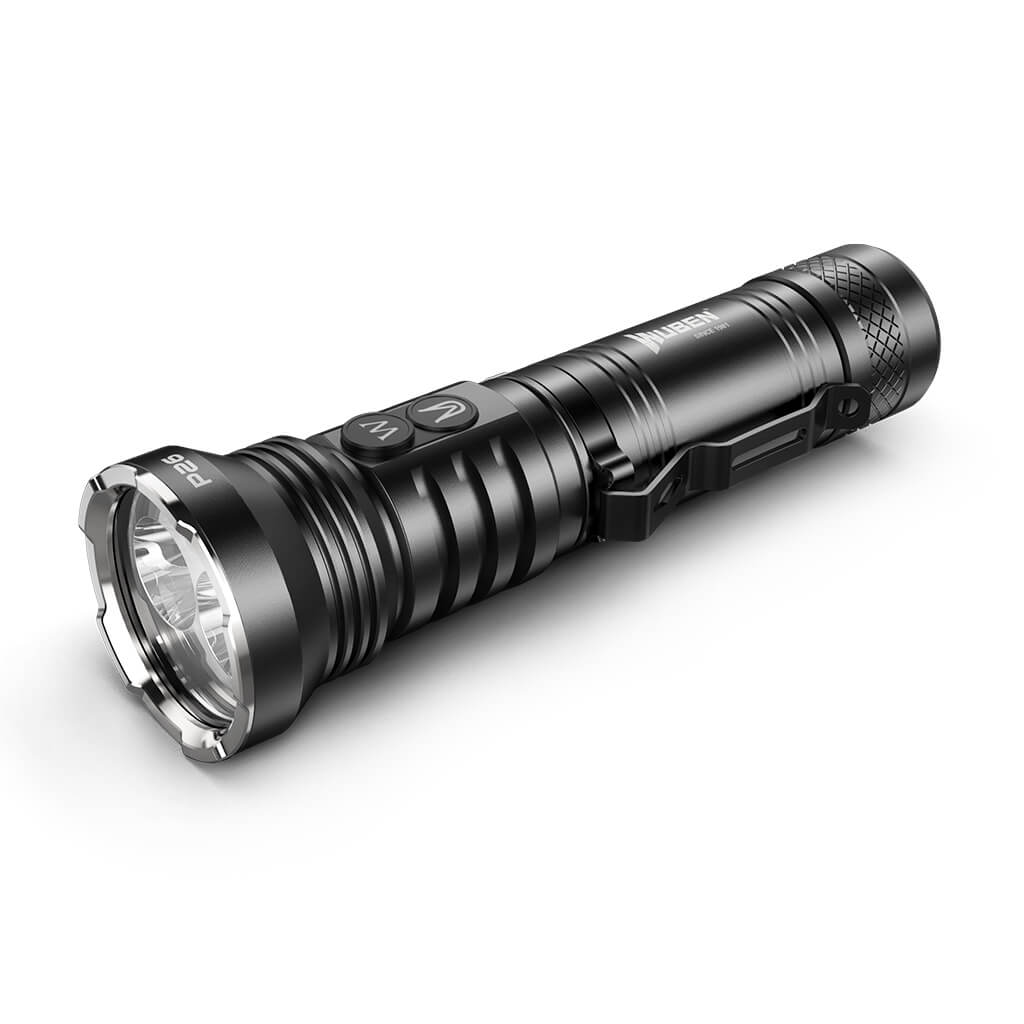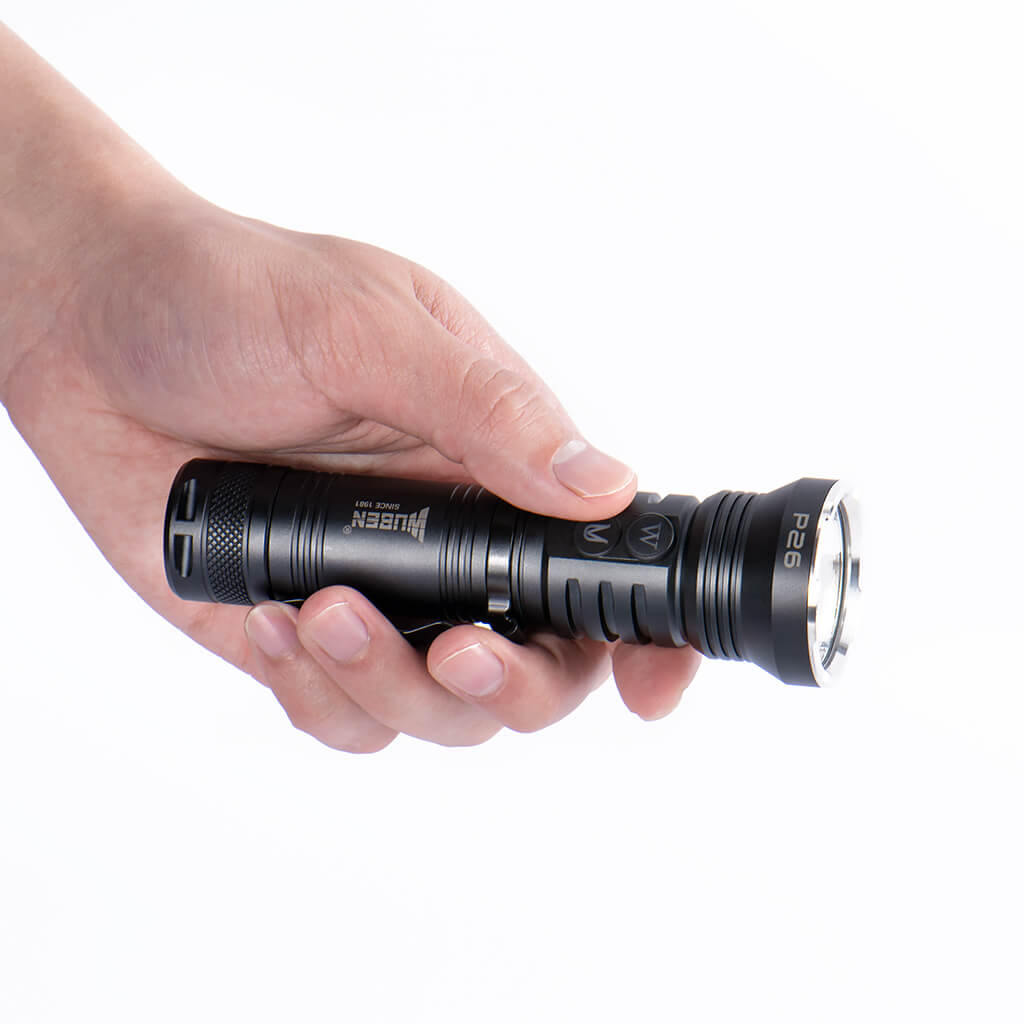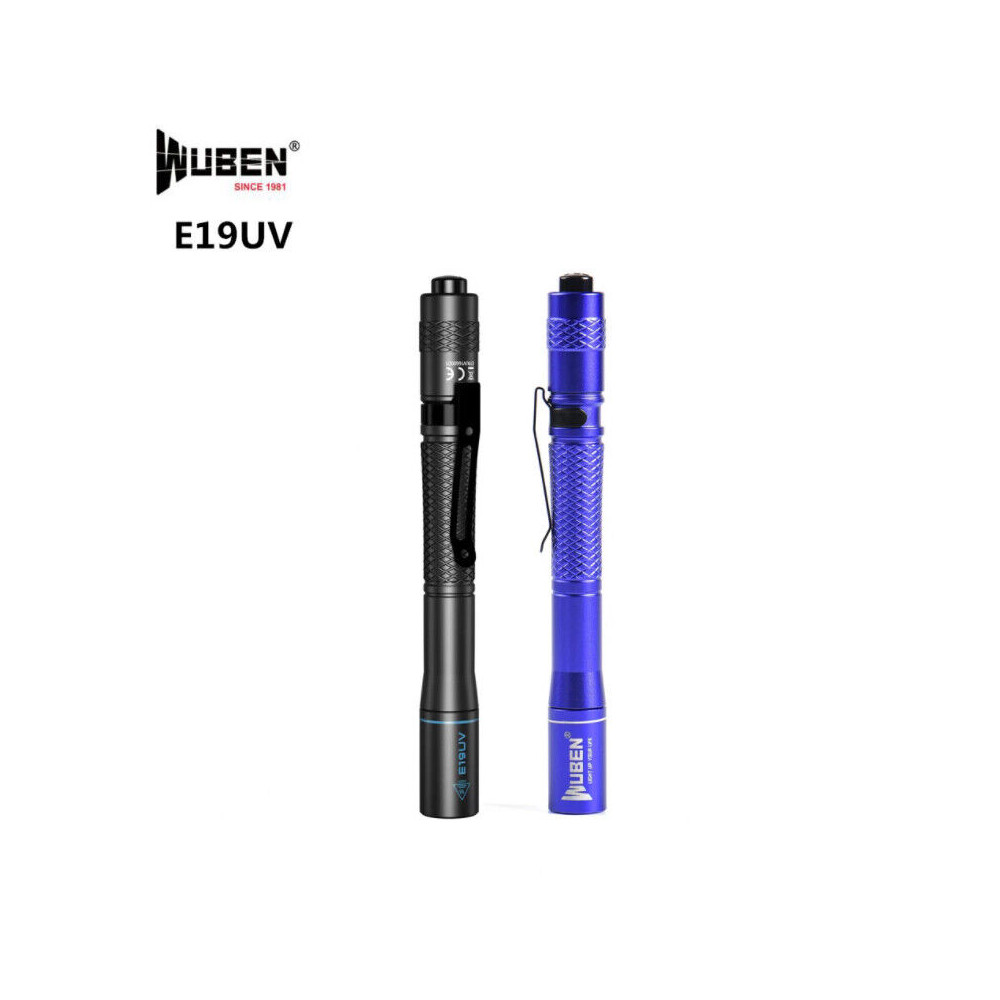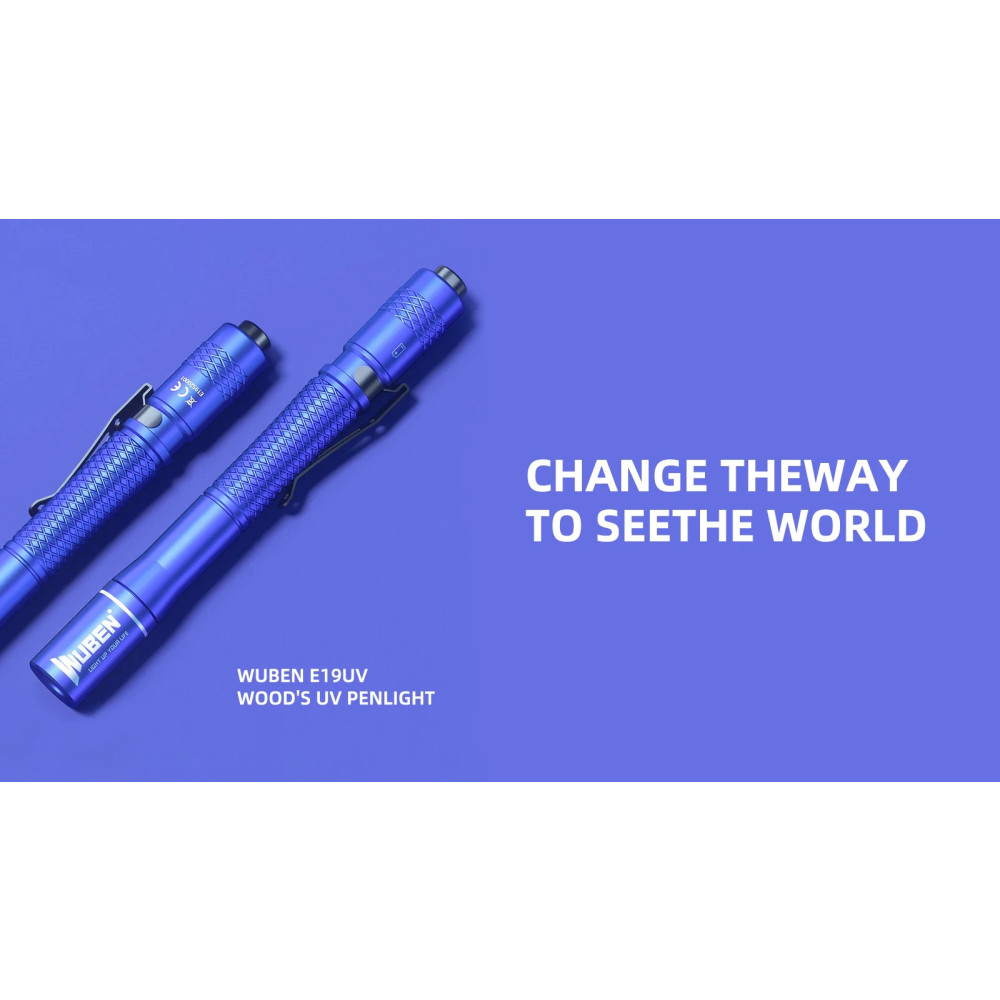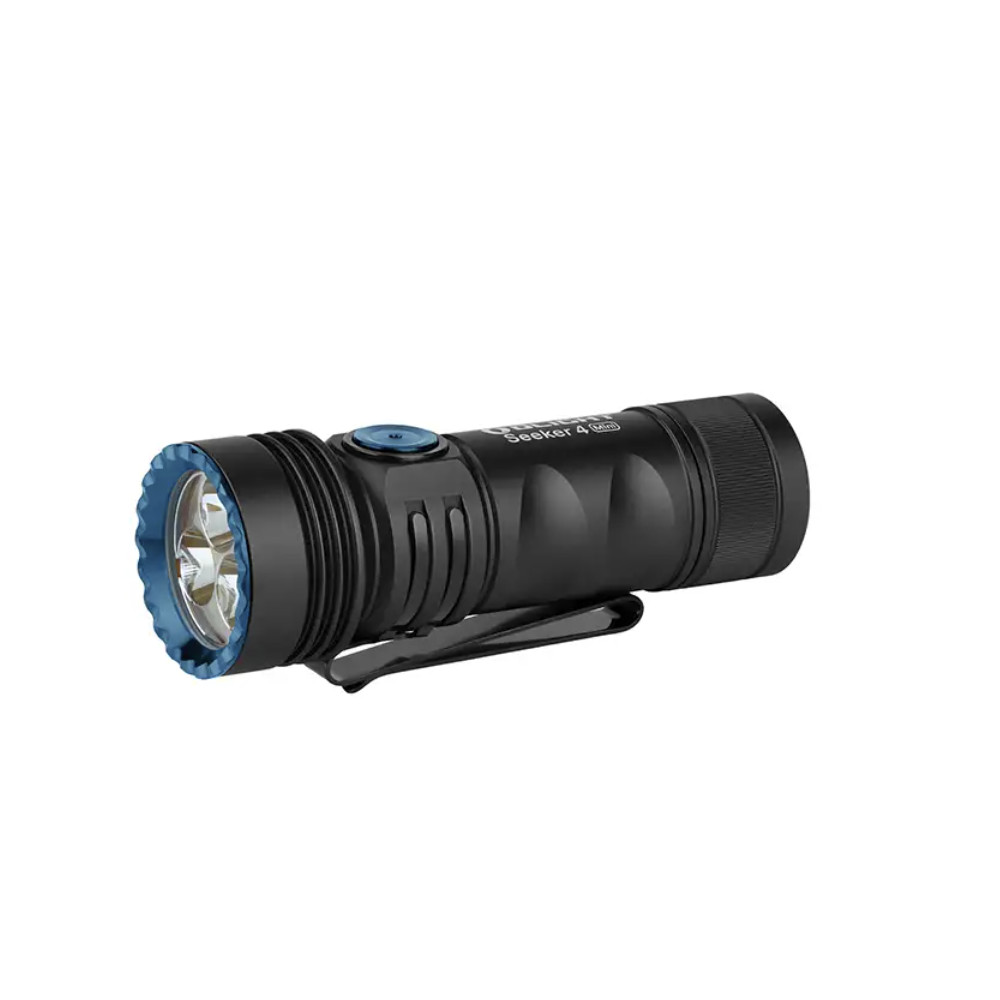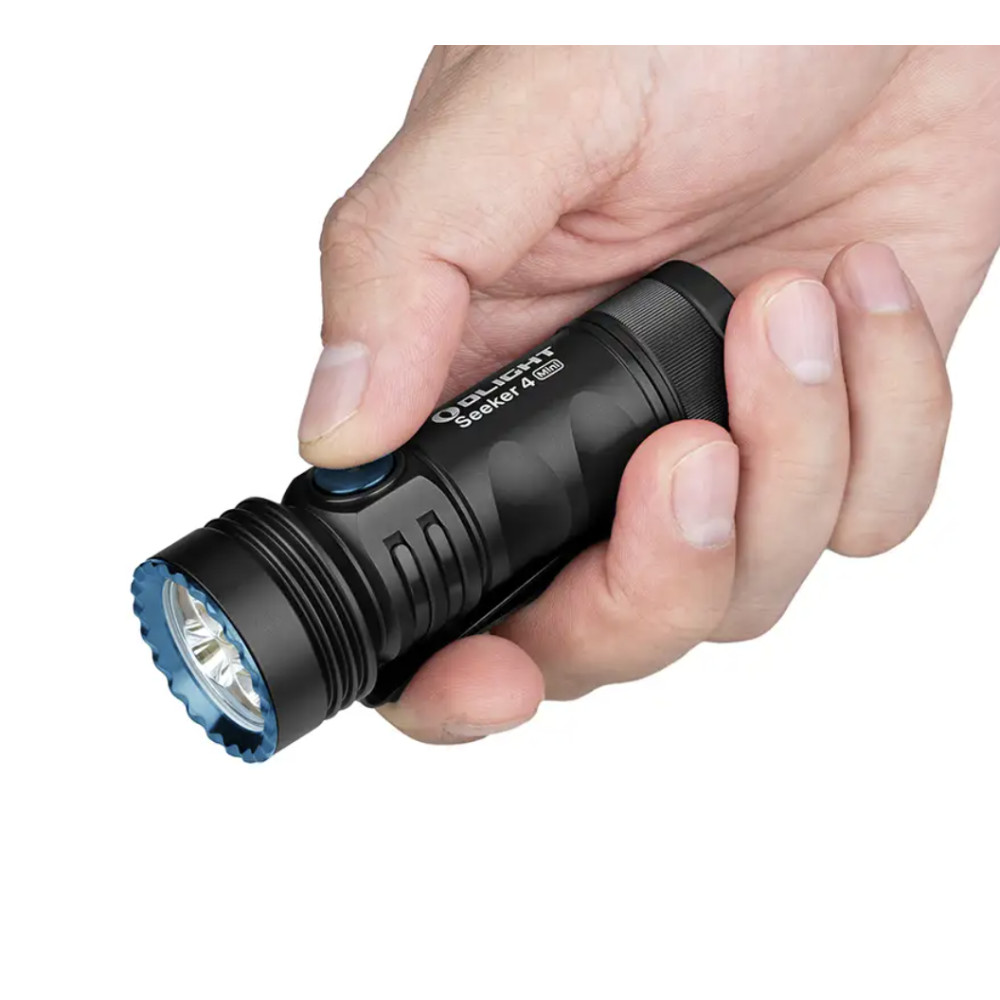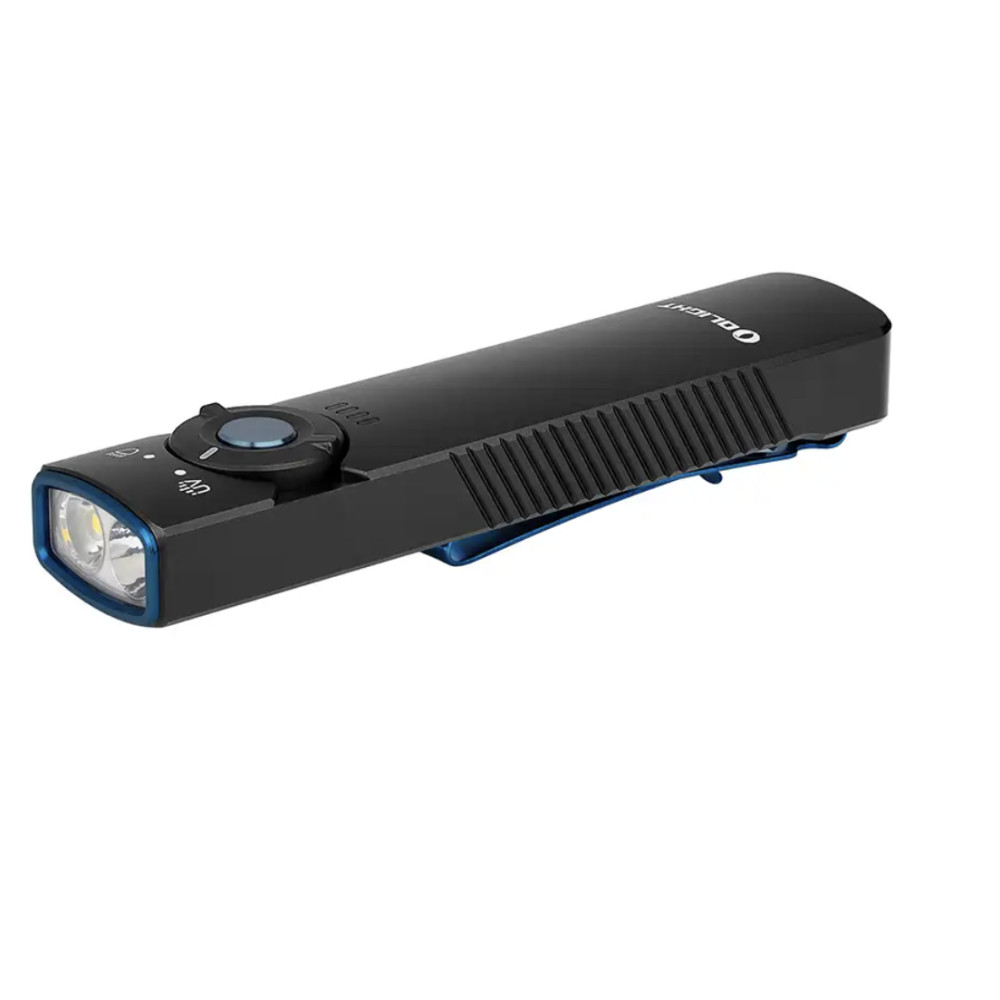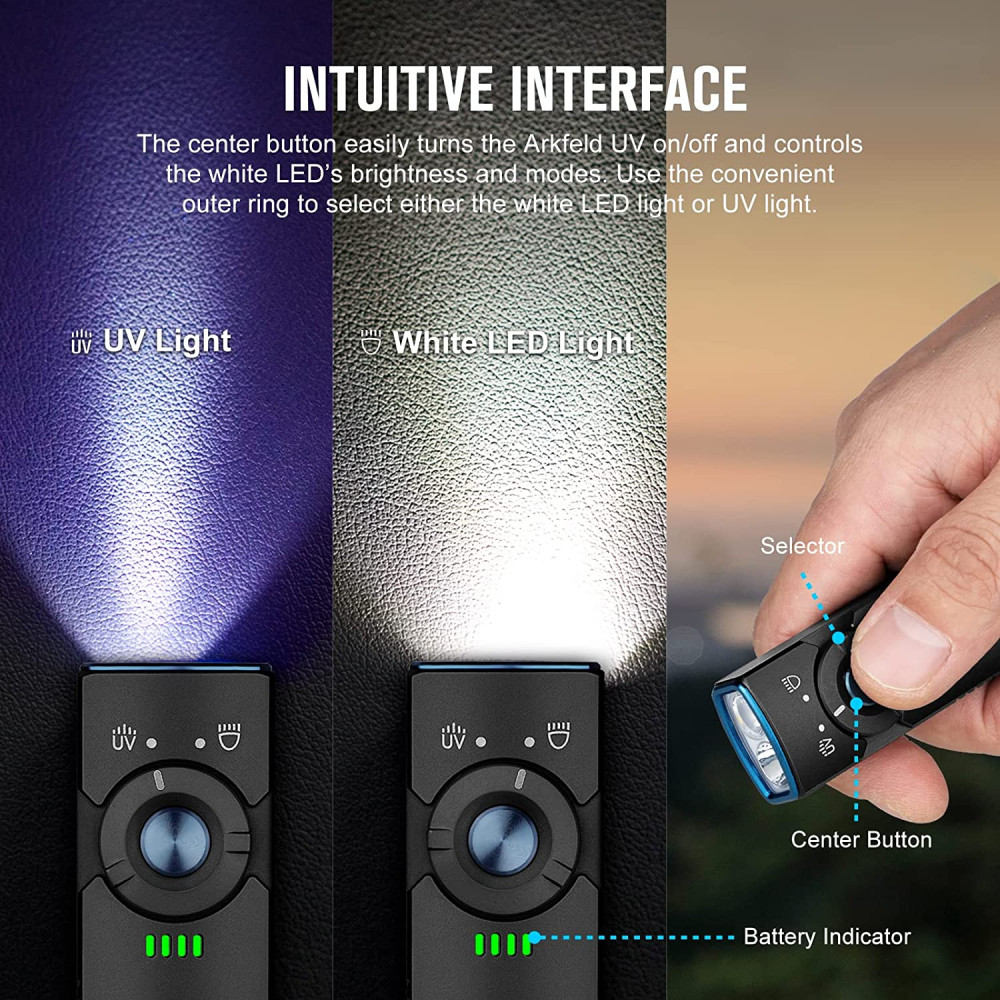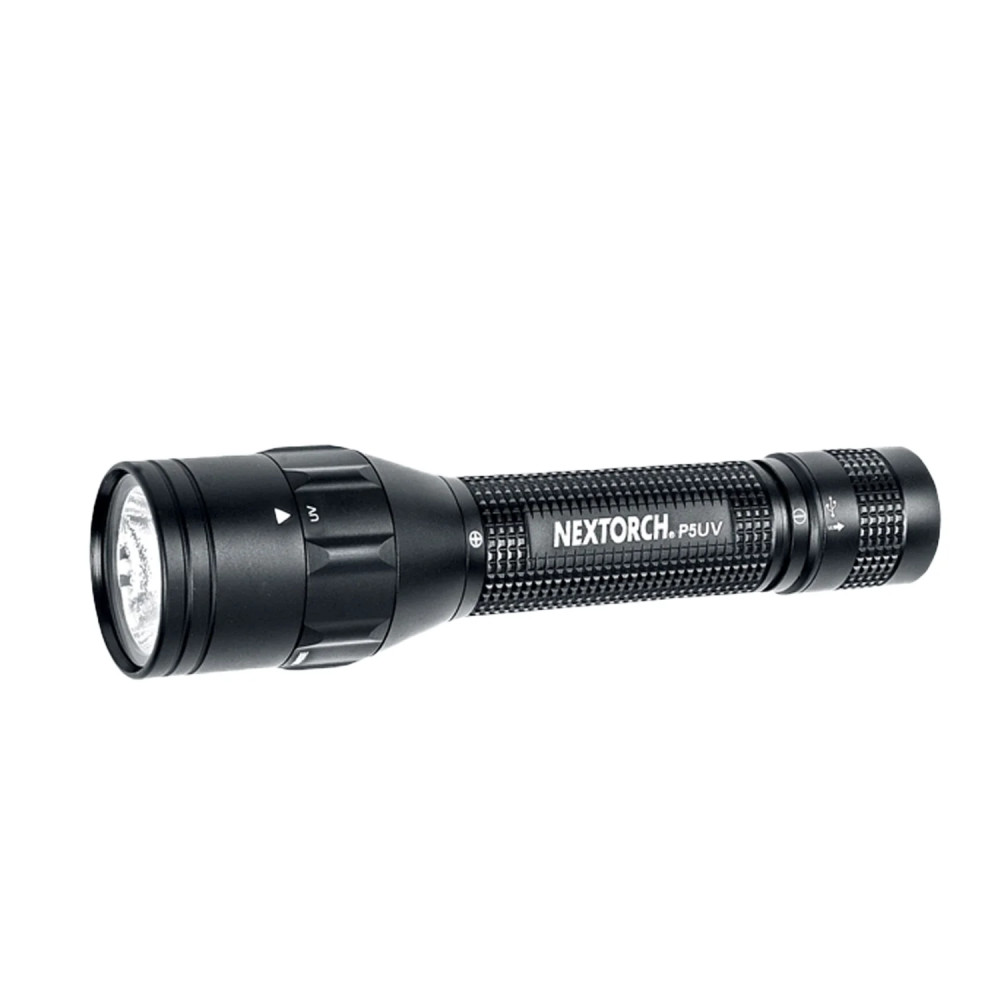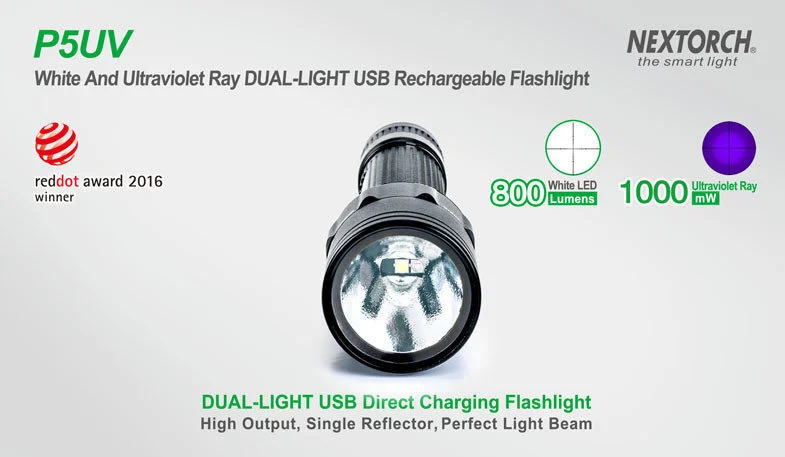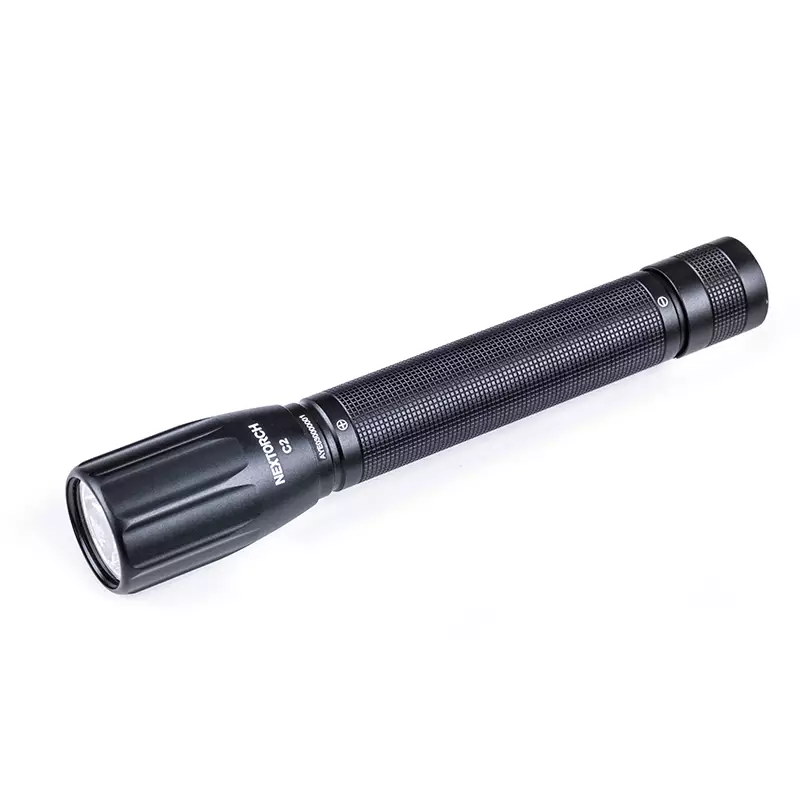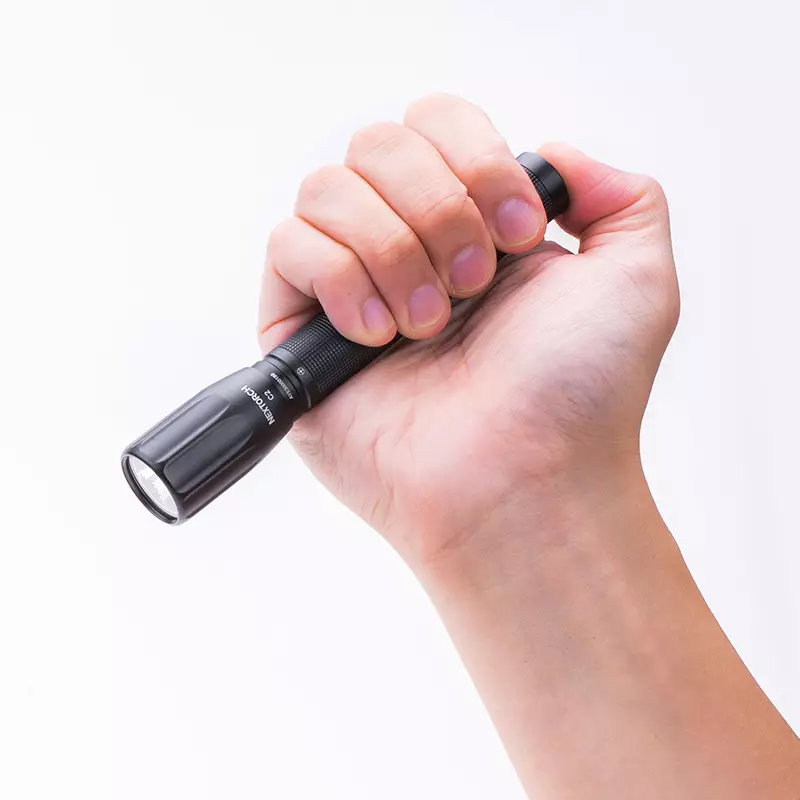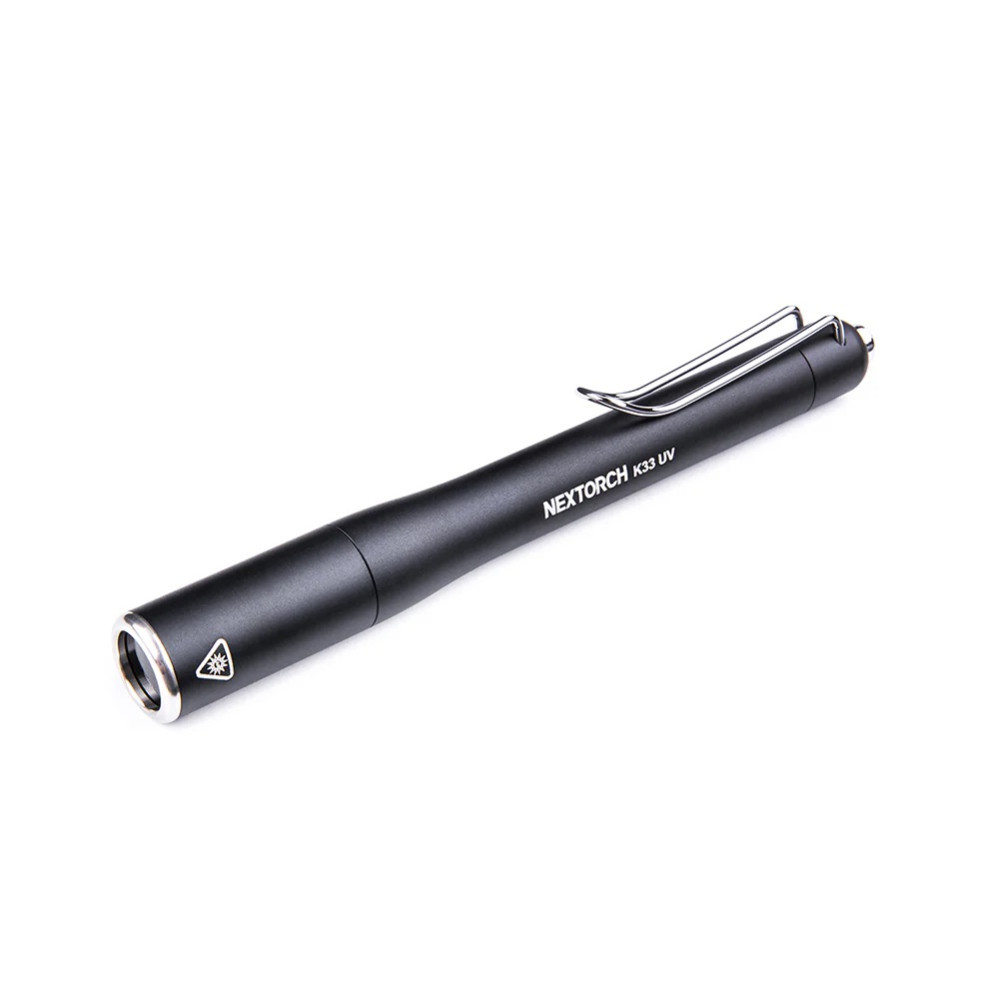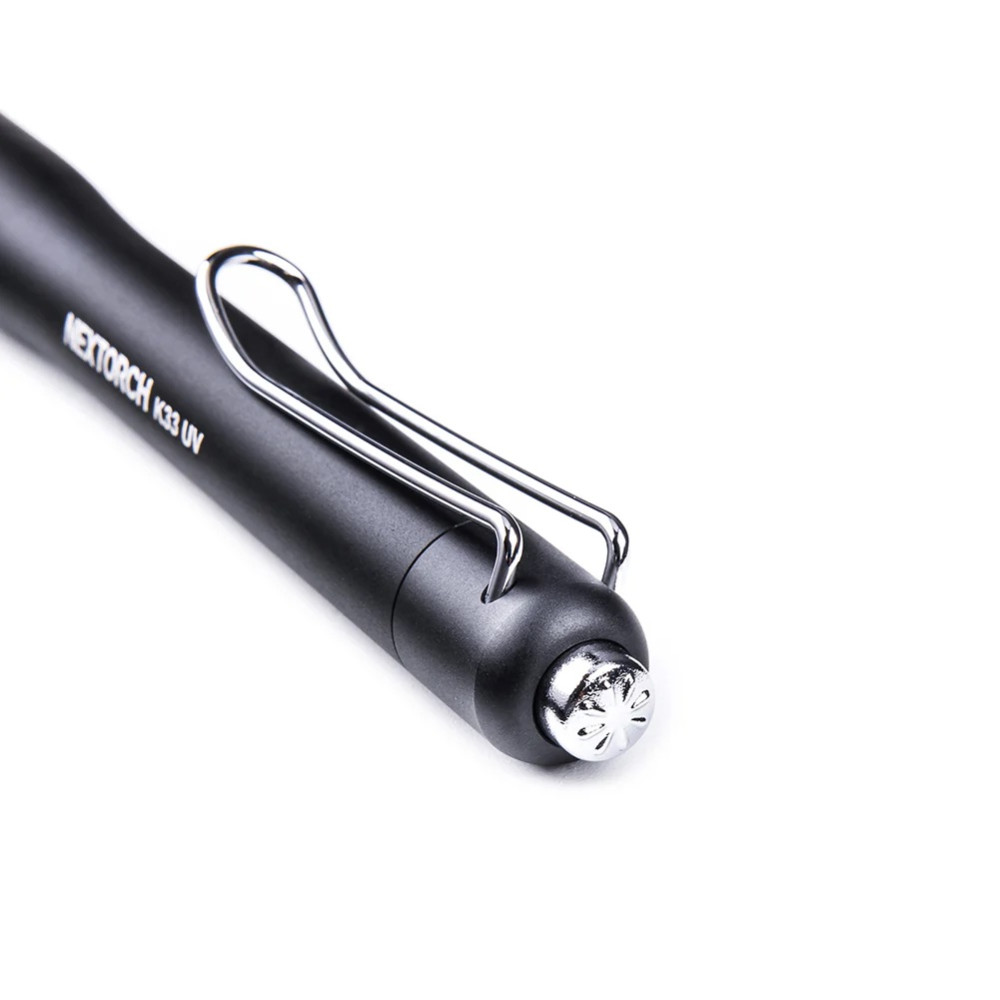UV Torches for Opal Mining
Opal mining has been a popular activity for centuries, but the use of uv torches to detect opals is relatively new. These specialized lights are designed to emit ultraviolet radiation that causes opals to fluoresce and reveal their hidden beauty. By using uv torches, opal miners can discover opals more quickly and efficiently than ever before. The benefits of using these special tools include being able to see opals in low light conditions, as well as having an easier way to identify genuine opals from imitations or fakes. Uv torches have revolutionized the process of opal mining and made it much easier for professional miners as well as amateur enthusiasts.
The process of opal mining with uv torches is relatively simple. A miner will first take a UV torch and pan the area in search for opals, which can be detected due to their distinctive fluorescence. When opal deposits are located, they can then be mined using traditional methods or with specialized tools such as picks and shovels.
Using uv torches for opal mining is a great way to increase efficiency, as it allows miners to quickly and easily identify opals from other materials. Additionally, the use of uv torches can also bring opals out of deeper areas in mines, allowing them to be located more easily.
UV Torches for Hidden Stains
UV (ultraviolet) light can detect hidden stains because many bodily fluids, such as blood, urine, and semen, contain fluorescent molecules that become visible under UV light. When a UV flashlight is shone on a surface, these molecules will glow brightly, making it easier to spot any stains or spills that may not be visible under normal light. This is because the wavelengths of UV light are shorter than visible light, which allows them to interact with the fluorescent molecules in a way that causes them to emit visible light. This technique is commonly used by forensic investigators, cleaners, and even pet owners looking for signs of accidents.
UV Torches for Counterfeit Currency
UV (ultraviolet) light can detect counterfeit currency because most modern banknotes are printed with fluorescent inks that are invisible under normal light but become visible under UV light. When a UV light is shone on a banknote, the security features printed with these fluorescent inks, such as watermarks, threads, and special patterns, will glow brightly. This makes it easier to verify that the banknote is genuine. In addition, some counterfeiters use regular printer ink or paper, which does not have the same fluorescent properties as real currency. As a result, counterfeit currency is less likely to have the same bright, consistent fluorescence as real banknotes when viewed under a UV light. This technique is commonly used by banks, retailers, and law enforcement agencies to help prevent counterfeit currency from circulating in the economy.
UV Torches for Fluorescent Minerals
UV (ultraviolet) light can detect fluorescent minerals because many minerals contain compounds that are sensitive to UV light. When a UV flashlight is shone on certain minerals, they will emit visible light in response. This visible light can be of a different color than the original mineral, making it easier to identify the mineral based on its fluorescence. For example, some types of calcite will glow red or pink under UV light, while fluorite will often glow blue or purple. This technique is commonly used by geologists, rock collectors, and mineral enthusiasts to help identify different types of minerals and rocks. Some types of UV flashlights have filters that can block out visible light, making it easier to see the fluorescence of minerals.

